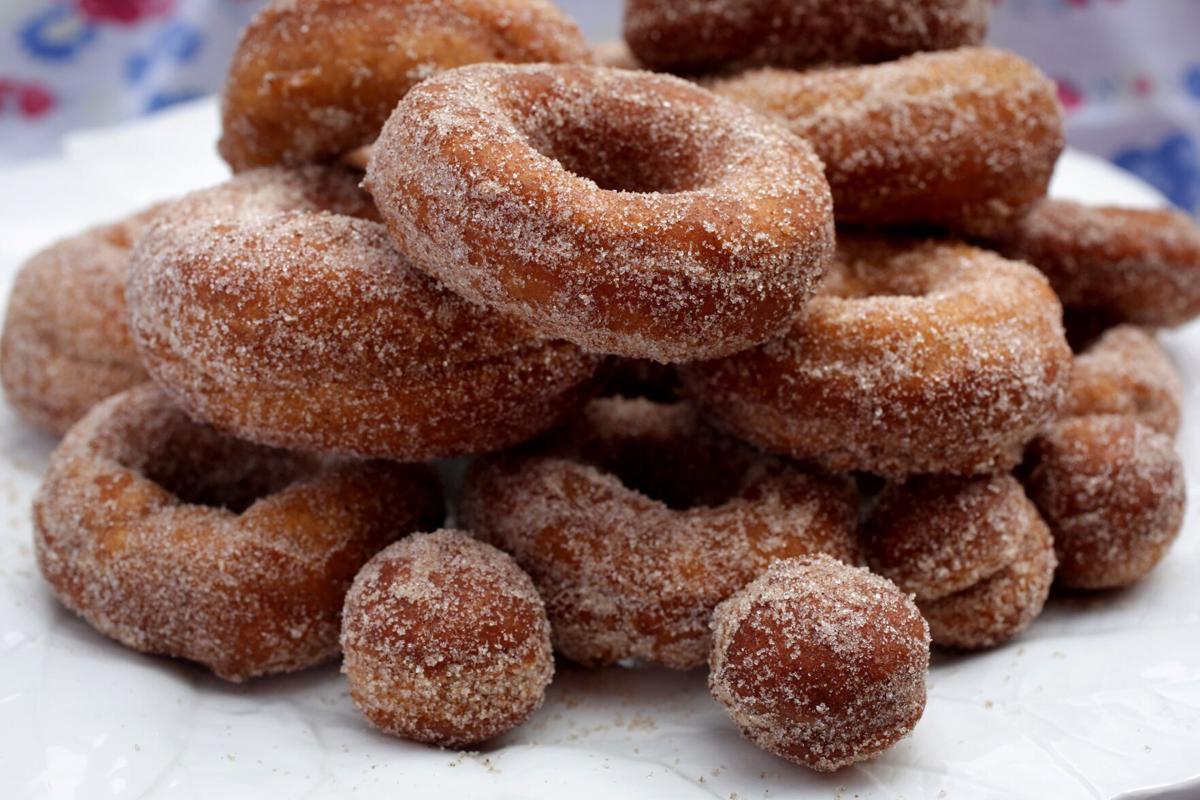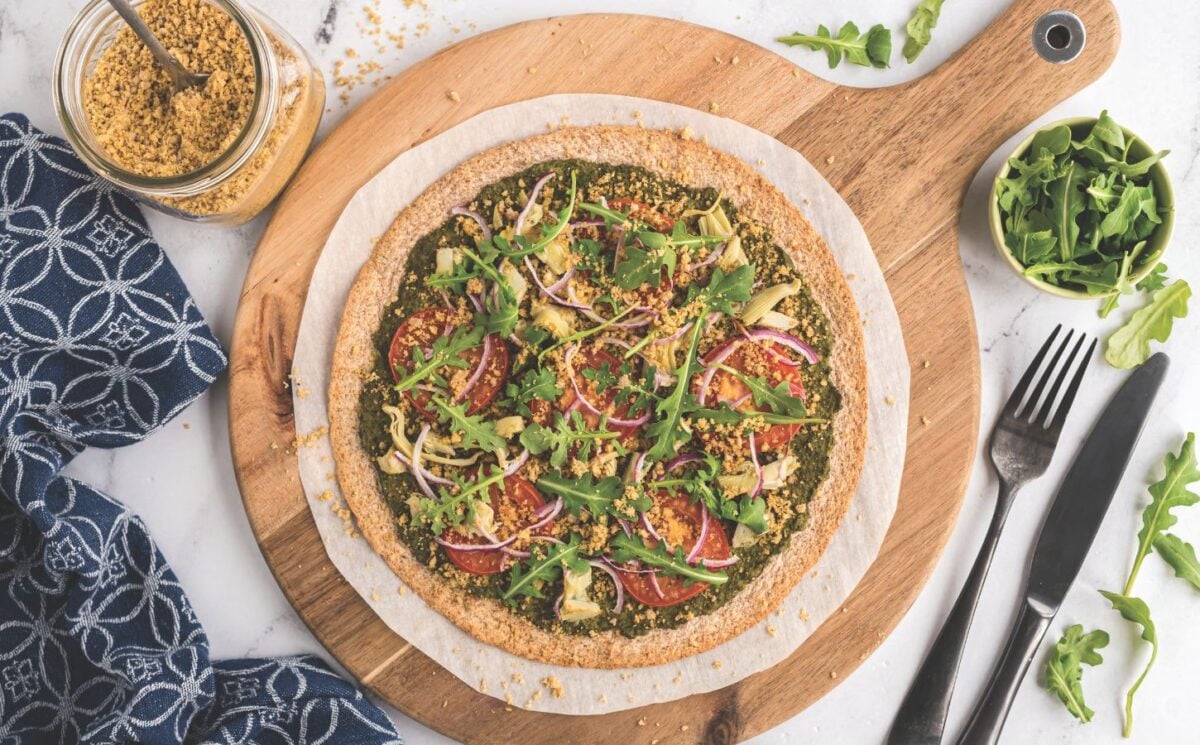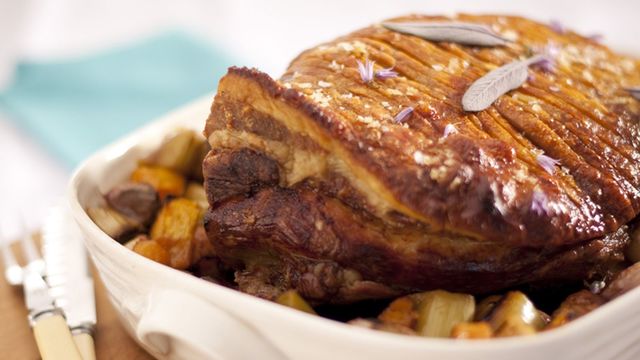
I recently had the best doughnut of my life — a life happily spent looking for the best doughnut. It cost six dollars. It was a doughnut, and it cost six dollars.
And I’m pretty sure that it was worth every penny. It was a brown butter-glazed cake doughnut from Damn Fine Hand Pies, and it was so good that my wife, who does not particularly like doughnuts, tried a small taste and ended up eating maybe a third of the whole thing. And it was so hearty and filling that I did not mind losing a third of it to my wife.
In my considered and well-traveled opinion, St. Louis is the greatest doughnut town in the country and probably the world. Entire epic poems could be written about the apple fritter alone at Old Town Donuts in Florissant.
And yet, I’ve been noticing something ever so slightly amiss about some of the region’s other doughnut emporiums. The doughnuts are beginning to taste like the oil in which they are fried. Worldwide inflation after the COVID epidemic has hit everybody hard, and unless doughnut shops are willing to charge six bucks for a doughnut, they are likely to cut back in certain ways.
So maybe some are not changing the oil quite as often as they should. Or possibly, they are frying too many doughnuts at once, lowering the temperature of the oil. The cooler the oil, the longer it takes the dough to fry.
And the longer it fries, the more oil it absorbs. They have a faint undertaste of oil. Perhaps nobody will notice.
It’s such a tiny thing, but it burrows under my skin like a tick. I more recently went to a colleague’s retirement party held at a local, reasonably popular Italian restaurant. Nice ambience, and the proverbial good time was had by all.
But I was unaccountably furious when I got home, and I had to eat a couple of pieces of leftover pizza to soothe my savage breast. The problem was not the company, it was the food. I first ordered gnocchi made with ricotta cheese and served with beef cheeks but was told they didn’t have any beef cheeks “yet” — this was probably around 6 p.
m.; a little early, perhaps, but the restaurant had already been open two hours. So instead I got the pappardelle with braised lamb.
The lamb definitely had the texture of minced lamb, but if there were any actual flavor there I must have accidentally missed it. The bigger problem, though, was with the pappardelle, a pasta with wide, flat noodles. I thought it was unappetizingly gummy.
A former colleague who sat next to me thought her bucatini, another kind of pasta, was unappetizingly gluey. Everyone else got hamburgers, which they universally enjoyed, or pizza. It wasn’t until I was driving home that I realized what might have happened.
They might have cooked order after order after order of pasta in the same pot of water, releasing excess starch into the water each time. By the time they got to my order and my colleague’s, the starch could have stuck to our noodles and made them ..
. gross. It’s not a major issue.
And yes, to anticipate the inevitable comments online, it is definitely a first-world problem. But it was unpleasant enough that it put a damper on what was otherwise a very enjoyable party. Perhaps the fault is not in the restaurants, but in ourselves.
Perhaps our tastes change and mature as we get older. Perhaps we become more discriminating as our palate becomes more refined. Nah, it was just gummy noodles and oily doughnuts.
.














